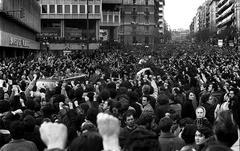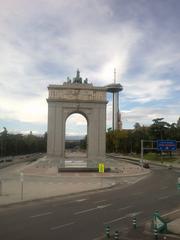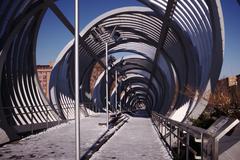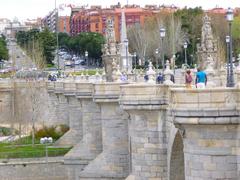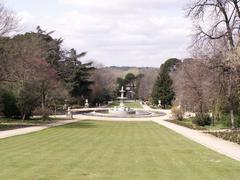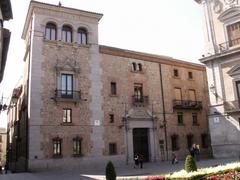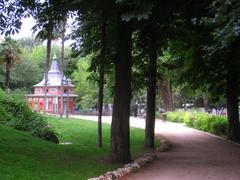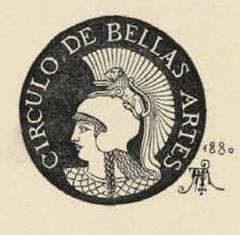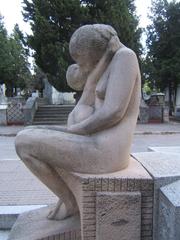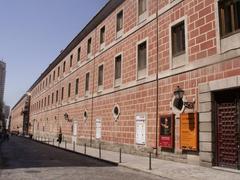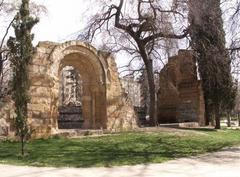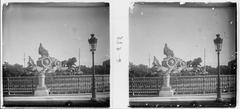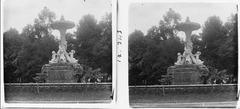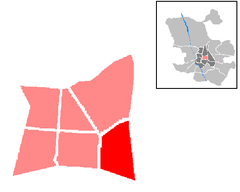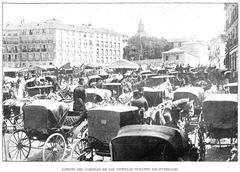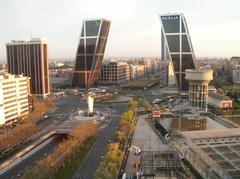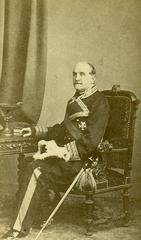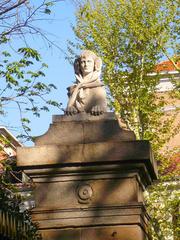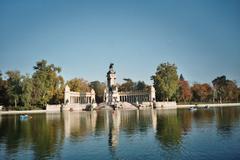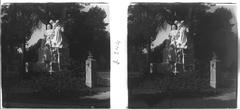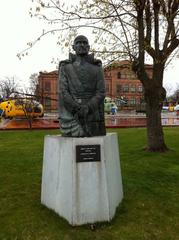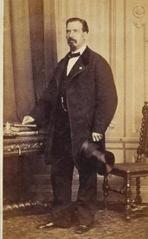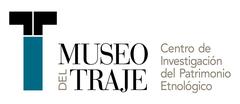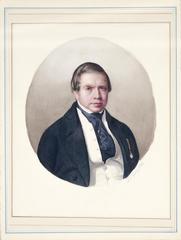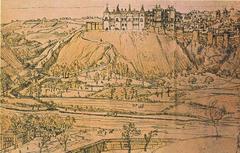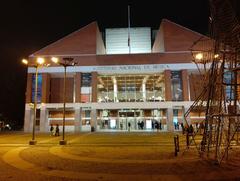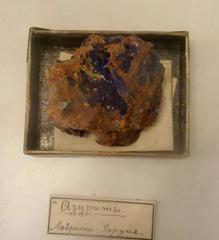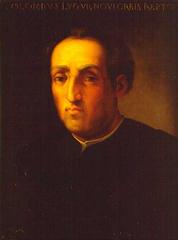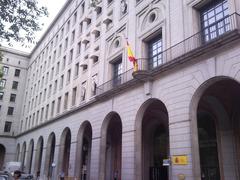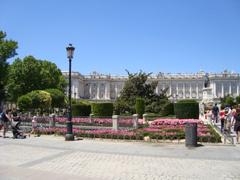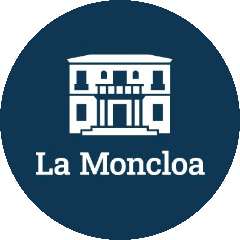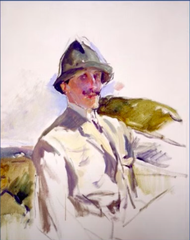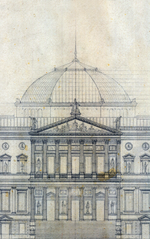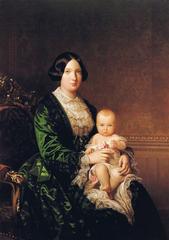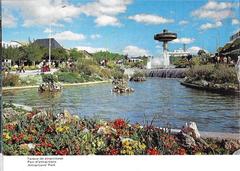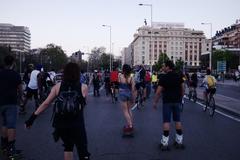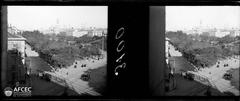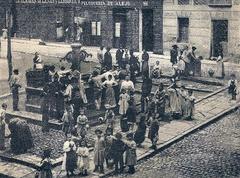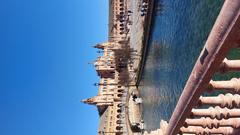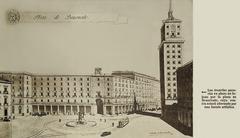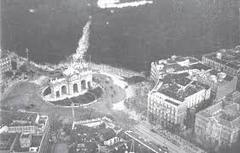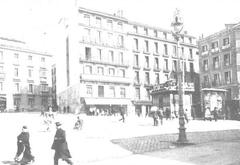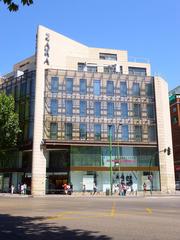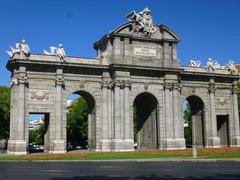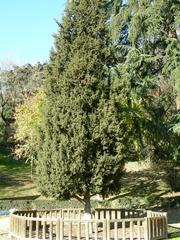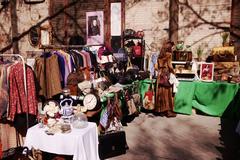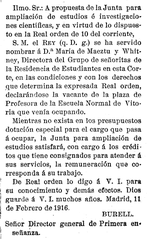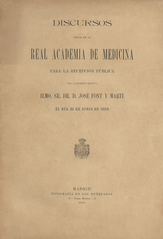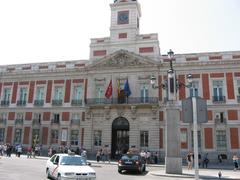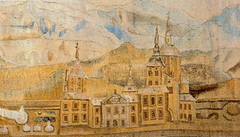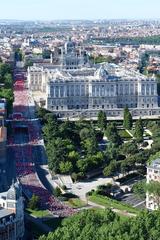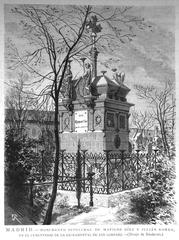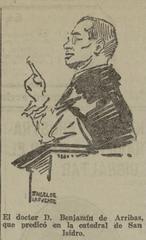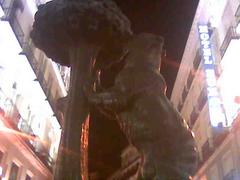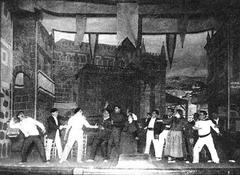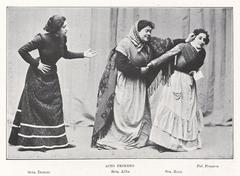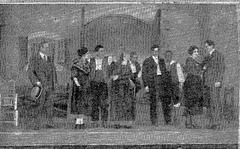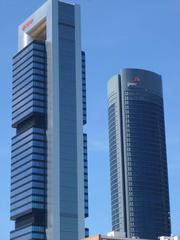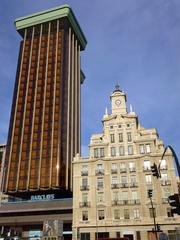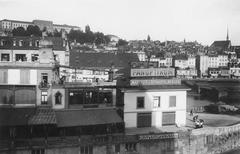Visiting Museo de San Isidro: Hours, Tickets, and Tips
Date: 18/07/2024
Introduction
The Museo de San Isidro, also known as the Museum of the Origins of Madrid, is a cornerstone in understanding the historical and cultural evolution of Spain’s vibrant capital. Housed in the historical Palacio de los Condes de Paredes, this museum offers a unique glimpse into Madrid’s past, tracing its history from prehistoric times through the Middle Ages to its establishment as the capital of Spain. Named after San Isidro, the patron saint of Madrid, who worked as a laborer on the lands of the influential Vargas family, the museum is believed to be located on the site of his house, adding layers of historical and cultural significance. (Museo de San Isidro)
This guide provides a comprehensive overview of the museum’s historical significance, visitor information, and travel tips to help you make the most of your visit.
Table of Contents
- [History and Transformation](#history-and-transformationhistory-and-transformation)
- [Origins and Early History](#origins-and-early-historyorigins-and-early-history)
- [Transformation into a Museum](#transformation-into-a-museumtransformation-into-a-museum)
- [Architectural Significance](#architectural-significancearchitectural-significance)
- [Collections and Exhibits](#collections-and-exhibitscollections-and-exhibits)
- [Prehistoric Exhibit](#prehistoric-exhibitprehistoric-exhibit)
- [Roman Period](#roman-periodroman-period)
- [Medieval Section](#medieval-sectionmedieval-section)
- [San Isidro and His Legacy](#san-isidro-and-his-legacysan-isidro-and-his-legacy)
- [Modern Developments](#modern-developmentsmodern-developments)
- [Visitor Information](#visitor-informationvisitor-information)
- [Location and Accessibility](#location-and-accessibilitylocation-and-accessibility)
- [Opening Hours](#opening-hoursopening-hours)
- [Ticket Prices](#ticket-pricesticket-prices)
- [Guided Tours](#guided-toursguided-tours)
- [Additional Tips](#additional-tipsadditional-tips)
- [Educational and Cultural Impact](#educational-and-cultural-impacteducational-and-cultural-impact)
- [FAQs](#faqsfaqs)
- [Conclusion](#conclusionconclusion)
- [References](#referencesreferences)
History and Transformation
Origins and Early History
The Museo de San Isidro is housed in the historical Palacio de los Condes de Paredes, a building with roots tracing back to the 16th century. The palace was originally constructed by the Vargas family, one of the most influential families in Madrid during that period. The Vargas family is notably linked to San Isidro, the patron saint of Madrid, who worked as a laborer on their lands. The museum’s location is significant as it is believed to be the site of San Isidro’s house, adding a layer of historical and cultural importance to the building.
Transformation into a Museum
The transformation of the Palacio de los Condes de Paredes into a museum began in the 20th century. The building underwent several renovations to preserve its historical architecture while adapting it to serve as a museum. The museum officially opened its doors to the public in 1952, initially focusing on the life and miracles of San Isidro. Over the years, the museum expanded its scope to include a broader narrative of Madrid’s history, from prehistoric times to the establishment of the city as the capital of Spain.
Architectural Significance
The architectural significance of the Museo de San Isidro cannot be overstated. The building itself is a blend of various architectural styles, reflecting the changes it has undergone over the centuries. The original structure features elements of Renaissance architecture, characterized by its symmetry and proportion. Subsequent renovations introduced Baroque elements, particularly in the interior design, which includes intricate woodwork and ornate ceilings. The museum also features a beautiful courtyard, typical of Spanish palatial architecture, providing a serene space for visitors to reflect on the historical artifacts displayed within.
Collections and Exhibits
Prehistoric Exhibit
The Museo de San Isidro boasts an extensive collection of artifacts that chronicle the history of Madrid. One of the most notable sections is the prehistoric exhibit, which includes tools, pottery, and other artifacts dating back to the Paleolithic era. These items provide valuable insights into the lives of the early inhabitants of the Madrid region.
Roman Period
Another significant section is dedicated to the Roman period, showcasing artifacts such as coins, ceramics, and architectural fragments. These exhibits highlight the influence of Roman culture on the development of Madrid.
Medieval Section
The medieval section features items from the Visigothic and Moorish periods, illustrating the diverse cultural influences that have shaped the city.
San Isidro and His Legacy
A central theme of the museum is the life and legacy of San Isidro. The museum houses several relics and artifacts associated with the saint, including tools he is believed to have used and items related to the miracles attributed to him. One of the most famous exhibits is the well of San Isidro, where, according to legend, the saint performed one of his miracles by making water rise to save his son who had fallen into it. This exhibit is a focal point for many visitors, offering a tangible connection to the saint’s life and works.
Modern Developments
In recent years, the Museo de San Isidro has undergone further renovations to enhance the visitor experience. The museum has incorporated modern technology, including interactive displays and multimedia presentations, to provide a more engaging and informative experience. These updates have made the museum more accessible to a broader audience, including younger visitors and international tourists.
The museum also hosts temporary exhibitions and cultural events, further enriching its offerings. These events often focus on specific aspects of Madrid’s history or highlight contemporary issues, providing a dynamic and evolving narrative of the city’s past and present.
Visitor Information
Location and Accessibility
For those planning to visit the Museo de San Isidro, it is located in the heart of Madrid, making it easily accessible by public transportation. The museum is situated at Plaza de San Andrés, 2, 28005 Madrid, Spain.
Opening Hours
The museum is open from Tuesday to Sunday, with extended hours on weekends and public holidays. It is advisable to check the museum’s official website for the most up-to-date information on opening hours.
Ticket Prices
Admission to the Museo de San Isidro is free, making it an affordable and enriching experience for all visitors.
Guided Tours
The museum offers guided tours in multiple languages, providing an in-depth exploration of the exhibits and the history they represent. Visitors are encouraged to check the museum’s official website for the latest information on special exhibitions, events, and guided tours.
Additional Tips
When visiting the Museo de San Isidro, consider exploring nearby attractions such as Plaza Mayor, the Royal Palace, and the Almudena Cathedral. These sites offer additional insights into Madrid’s rich history and cultural heritage.
Educational and Cultural Impact
The Museo de San Isidro plays a crucial role in the educational and cultural landscape of Madrid. It serves as a valuable resource for students, researchers, and history enthusiasts, offering a comprehensive overview of the city’s development. The museum’s educational programs, including guided tours and workshops, are designed to engage visitors of all ages and backgrounds, fostering a deeper understanding and appreciation of Madrid’s rich history.
The museum also collaborates with other cultural institutions and academic organizations to promote research and scholarship on Madrid’s history. These partnerships have resulted in numerous publications and research projects, further cementing the museum’s status as a center of historical and cultural knowledge.
FAQs
What are the visiting hours for Museo de San Isidro?
The museum is open from Tuesday to Sunday, with extended hours on weekends and public holidays. Check the official website for the most current hours.
Are guided tours available at Museo de San Isidro?
Yes, the museum offers guided tours in multiple languages. Visit the official website for more information on tour availability and scheduling.
Is there an admission fee for Museo de San Isidro?
No, admission to the museum is free for all visitors.
What are some nearby attractions to Museo de San Isidro?
Nearby attractions include Plaza Mayor, the Royal Palace, and the Almudena Cathedral.
Conclusion
In conclusion, the Museo de San Isidro serves as a vital link to Madrid’s rich historical and cultural tapestry. From its roots as a 16th-century palace to its current status as a museum, it has evolved to offer a comprehensive and engaging narrative of the city’s development. The museum’s extensive collections, including prehistoric artifacts, Roman relics, and medieval items, provide invaluable insights into the diverse cultural influences that have shaped Madrid. The life and legacy of San Isidro, intricately woven into the museum’s exhibits, offer a unique spiritual and cultural perspective, making it a significant pilgrimage site for many.
Modern enhancements, such as interactive displays and multimedia presentations, have made the museum more accessible and engaging for a broader audience, including younger visitors and international tourists. The museum’s role extends beyond its walls through educational programs, guided tours, and collaborations with other cultural and academic institutions, fostering a deeper understanding and appreciation of Madrid’s history. With its free admission and convenient location in the heart of Madrid, the Museo de San Isidro is a must-visit for anyone interested in exploring the city’s past and cultural heritage. Plan your visit today and immerse yourself in the captivating history of Madrid. (Museo de San Isidro)
References
- Museo de San Isidro, official website
